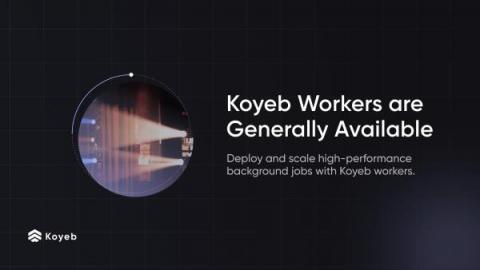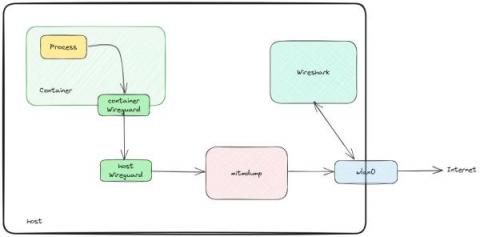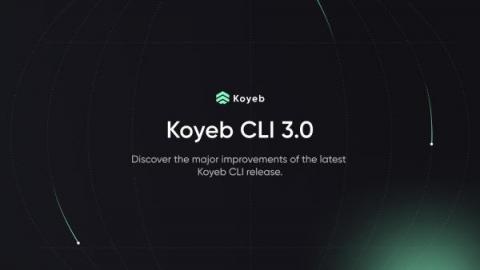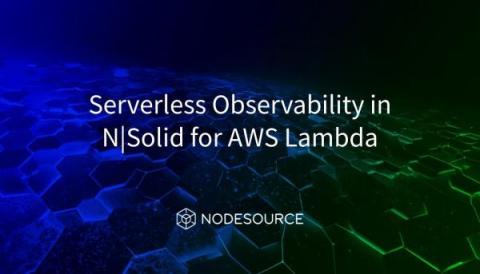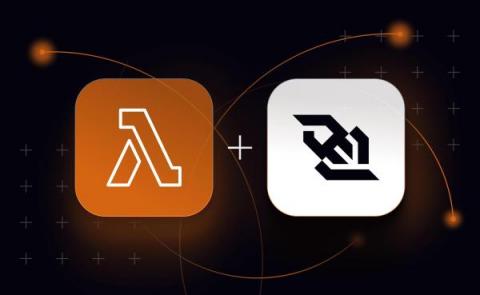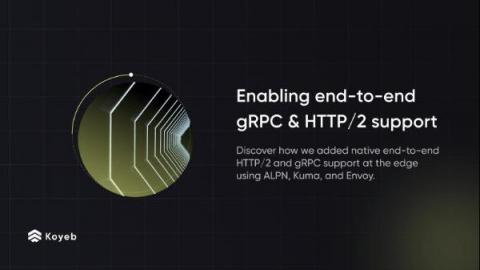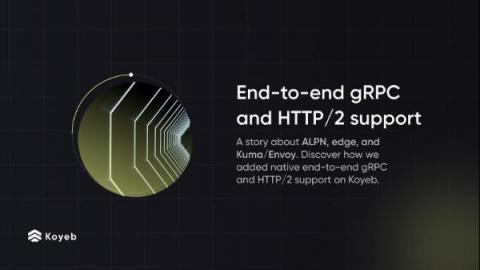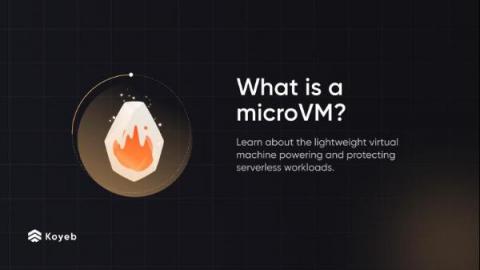Deploy and scale high-performance background jobs with Koyeb Workers
Today, we are thrilled to announce workers are generally available on Koyeb! You can now easily deploy high performance workers to process background jobs in all of our locations. It's now simple to deploy workers from a GitHub repository and rely on our built-in CI/CD engine: simply connect your repository and we build, deploy, and scale your workers on high-performance servers all around the world.


